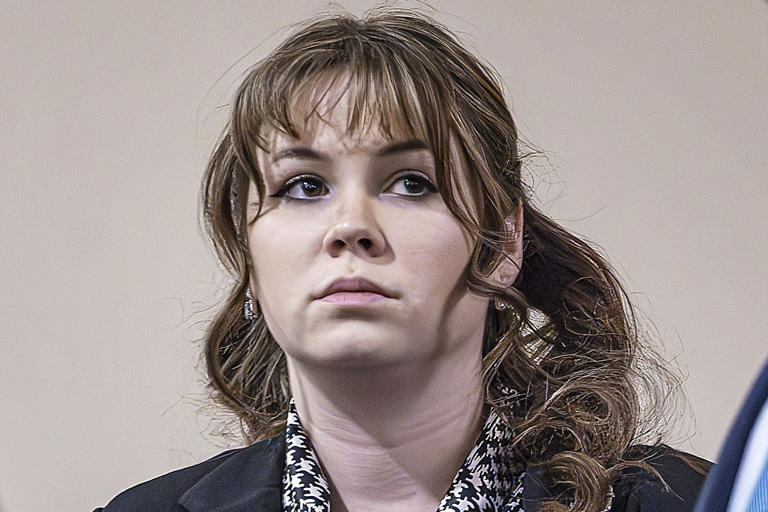The tragic incident on the set of the Western film “Rust,” resulting in the death of cinematographer Halyna Hutchins and the injury of director Joel Souza, sent shockwaves through the entertainment industry and raised profound legal questions. Actor Alec Baldwin, who was holding the prop gun that discharged, and armorer Hannah Gutierrez-Reed, responsible for firearm safety on set, became central figures in the ensuing legal proceedings. This article delves into the intricacies of the case, examining the challenges faced by both the prosecution and defense, and the broader implications for film production safety standards.
The Circumstances of the Shooting
The fatal shooting occurred during a rehearsal on the outskirts of Santa Fe, New Mexico, when Baldwin discharged the prop gun while aiming it at Hutchins. The incident prompted immediate scrutiny of safety protocols on the set, particularly regarding the handling and use of firearms. Prosecutors argued that Gutierrez-Reed’s negligence in ensuring the absence of live ammunition contributed to the tragedy, while Baldwin maintained that he did not intentionally pull the trigger.
Legal Accountability
Gutierrez-Reed was convicted of involuntary manslaughter by a jury, facing potential sentencing and fines. The defense has challenged the jury instructions, alleging that they could have led to a non-unanimous verdict. Meanwhile, Baldwin, indicted on the same charge, maintains his innocence, with his trial scheduled for July. The legal proceedings highlight the complexities of assigning accountability in cases involving accidents on film sets, where multiple parties share responsibility for safety.
Industry Repercussions
The “Rust” shooting has sparked discussions about safety standards in the film industry and the role of armorers in ensuring the safe handling of firearms. It has prompted calls for stricter regulations and oversight to prevent similar incidents in the future. The incident also shed light on the pressures faced by crew members on film sets, raising questions about working conditions and the need for comprehensive safety training.
Lessons Learned:
As the legal proceedings unfold, the “Rust” case serves as a sobering reminder of the importance of adherence to safety protocols in film production. It underscores the need for clear communication, rigorous training, and meticulous oversight to mitigate risks and protect the well-being of cast and crew members. The tragedy has prompted soul-searching within the industry and calls for systemic reforms to prevent accidents and ensure accountability for safety lapses.
The “Rust” movie set shooting represents a watershed moment for the entertainment industry, prompting a reckoning with safety practices and legal responsibilities. As the legal proceedings continue, stakeholders must reflect on the lessons learned and take proactive measures to enhance safety standards on film sets. By prioritizing diligence, transparency, and accountability, the industry can honor the memory of those affected by the tragedy and work towards a safer, more secure working environment for all involved.
